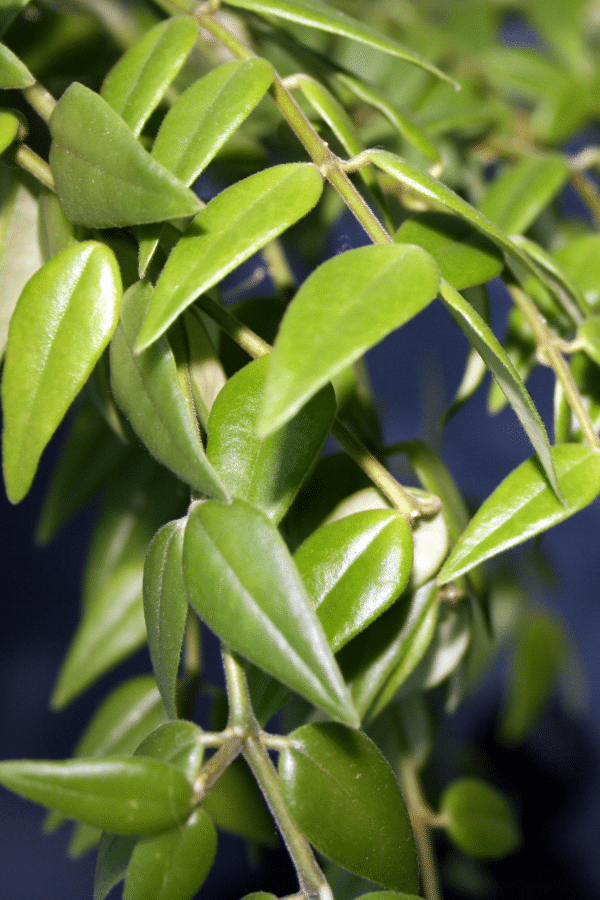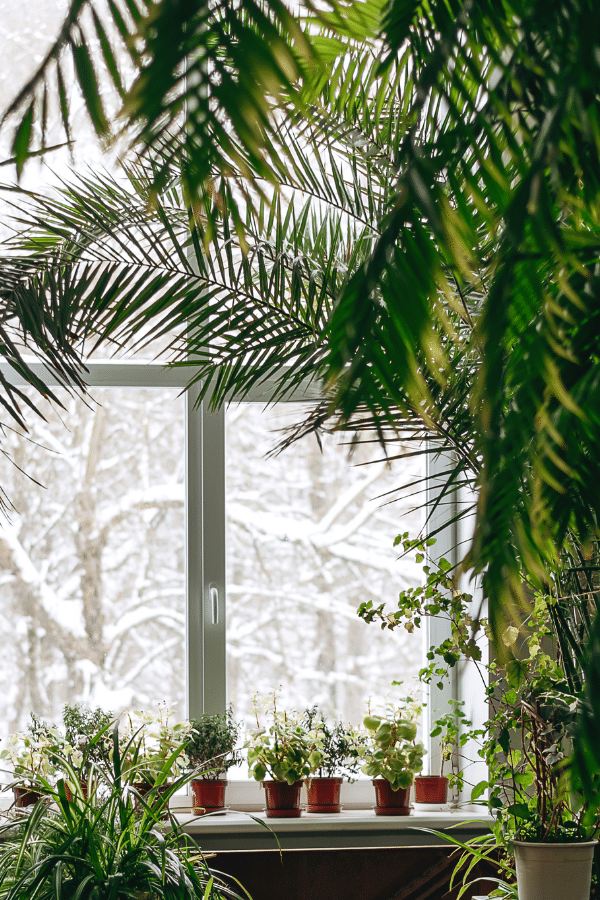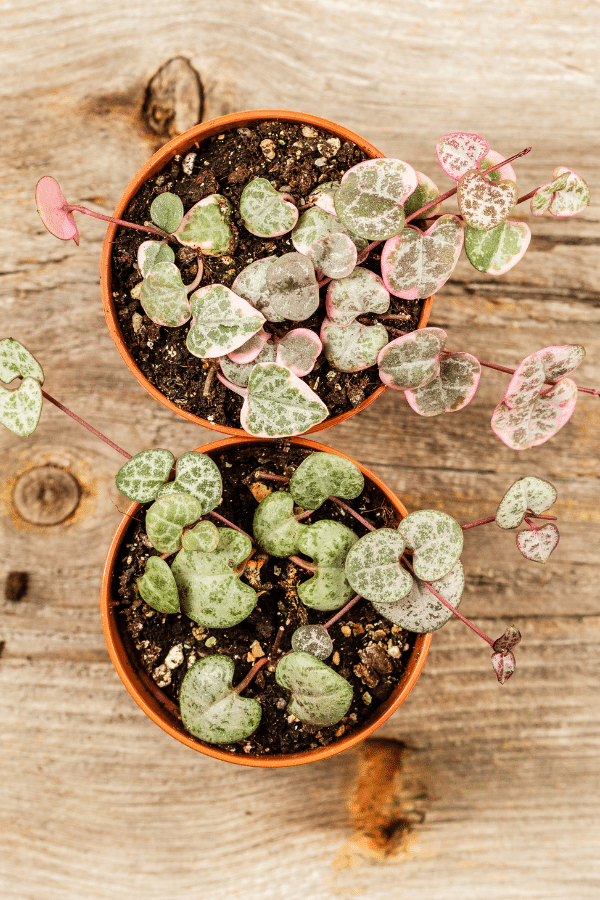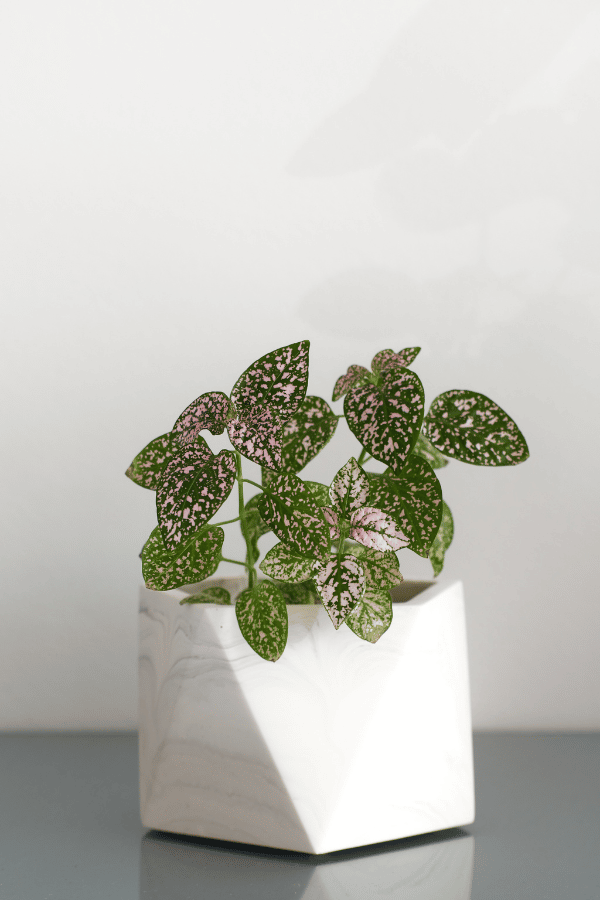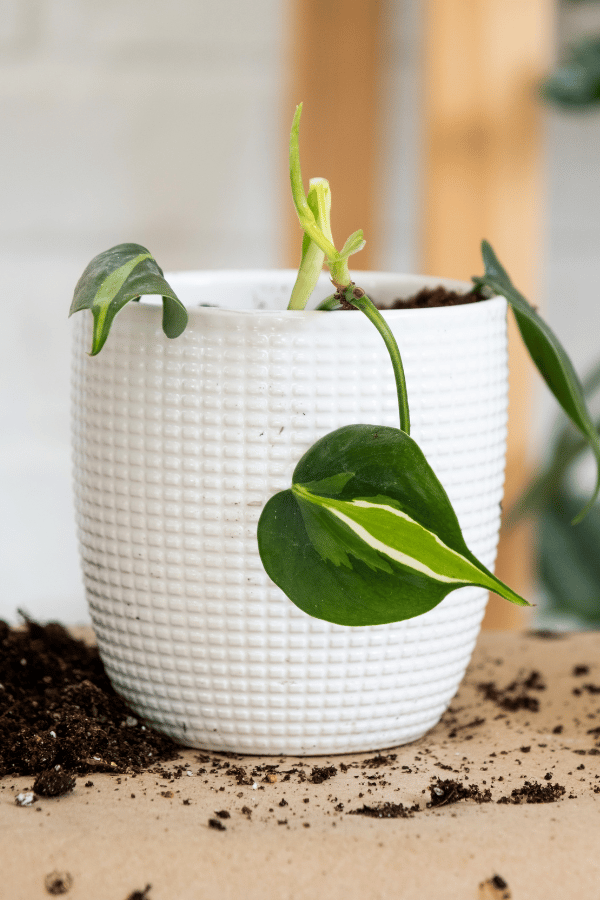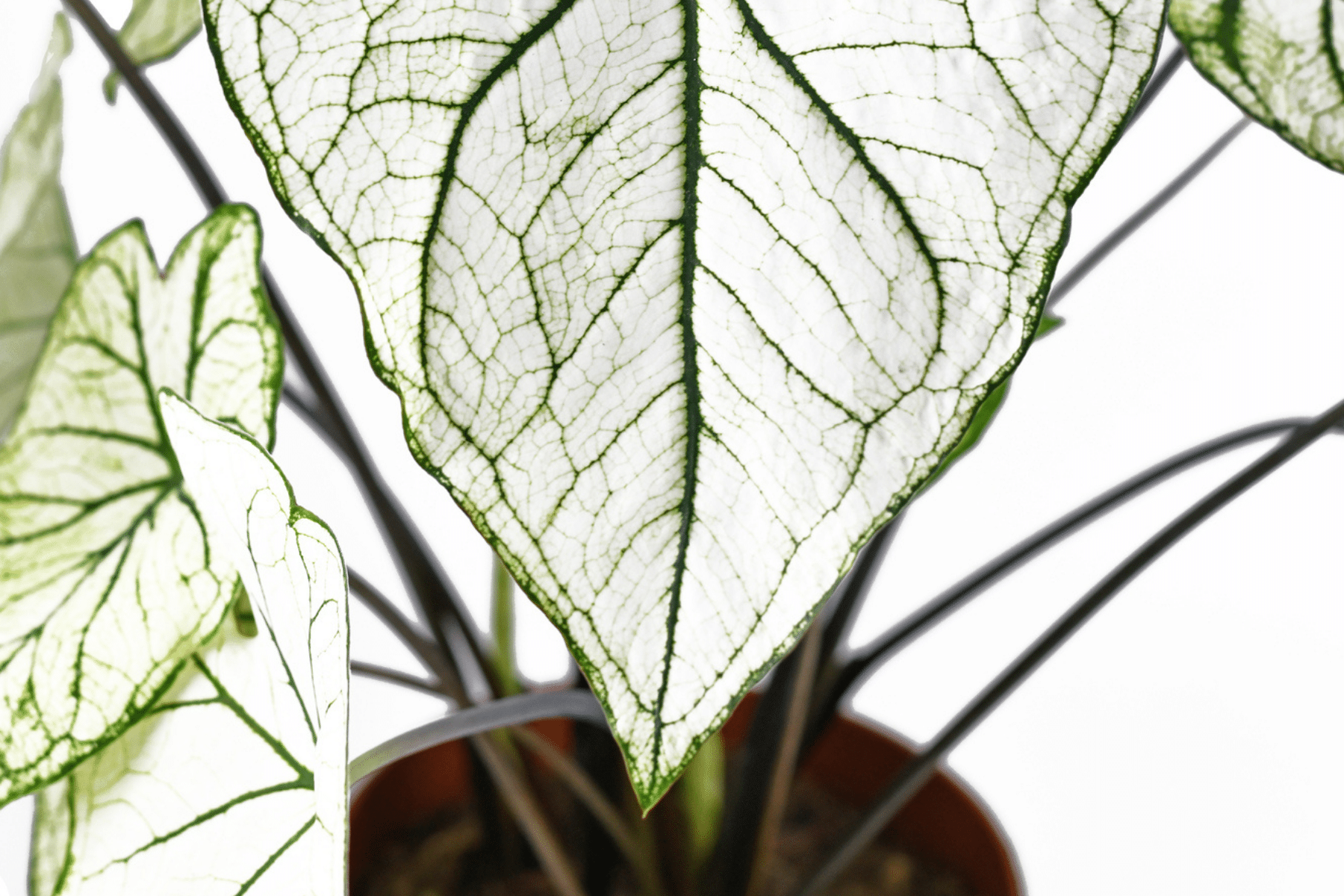Peace Lily (Spathiphyllum)
Scientific Name: Spathiphyllum
Peace Lily care is an easy plant to grow and care for. It may be one of the most popular houseplants as it’s often given as a gift for almost any occasion. If you want a houseplant that’s medium to large in size and will give off beautiful white blooms once a year in the spring, a Spathiphyllum plant may be for you.
To give this Spathiphyllum plant the best care, it requires a well-draining soil, allow the top inch of soil to dry out before watering, provide the plant with bright indirect sunlight, temperatures ranging from 65-80F, and average to high humidity levels.
Quick Care Overview
| Common Name | Peace Lily |
| Scientific Name | Spathiphyllum |
| Family | Araceae |
| Origin | South America |
| Growth Rate | Medium |
| Identification | Glossy dark green foliage with white flowers (bracts) |
| Height | Up to 3 feet tall |
| Soil | Well-draining soil |
| Water | Water when the top inch of soil has dried out |
| Temperature | 65-80F |
| Sunlight | Bright indirect sunlight |
| Toxic to Cats & Dogs | Yes |
| Toxic to Humans | Yes |
| Pests | Mealybugs, spider mites, scale, aphids, fungus gnats, thrips |
| Diseases | Root rot, mosaic virus |
Below we will dive deep into this Peace Lily care guide.

Peace Lily History
Spathiphyllum is a genus of about 40 species of flowering plants. Commonly known as the peace lily, white sails, Maua Loa lily, or Spathe flower, these Spathiphyllum are tropical flowering houseplants that are favorites amongst many indoor houseplant collectors. Peace Lilies have long-lasting flowers and gorgeous glossy leaves. Peace lilies may even bloom twice annually, displaying blooms for several months throughout the year.
Peace Lily Identification
The Peace Lily presents gorgeous glossy dark green leaves and flowers that fade from pure white to pale green. Known for their white bracts, what we think of as a “flower”, is actually a modified white leaf surrounding a cluster of tiny flowers on a stalk. The Peace Lily appears to have no stem as it ages, called acaulescence.
Peace Lily Growth Facts
Peace Lilies are considered moderate growers and will reach maturity within three years. When grown outdoors, Spathiphyllum may grow up to 6 feet tall.
How Big Does a Peace Lily Get?
A Peace Lily may grow up to 3 feet tall when cultivated indoors.
Peace Lily Care
Peace Lilies are easy to care for indoor plants that are primarily disease and pest free. Ensure that you provide your plant with plenty of indirect sunlight, warmth, and moisture.
Peace Lily Soil
Spathiphyllum, being a member of the Araceae family, likes to be grown in a chunky, rich, airy soil. A commercial potting mix with incorporations of perlite and compost will treat your plant nicely.
Peace Lily Fertilizer
Peace Lilies are heavy-feeders and appreciate frequent feedings to keep them blooming. In early spring, you should give your Spathiphyllum some additional compost to increase the fertility of its soil. You should feed your Peace Lily weekly using a balanced liquid fertilizer during the warm growing season. Do not feed your plant during the winter and ensure to follow all label directions to avoid overfeeding.
Peace Lily Watering
It is important to note that Peace Lilies prefer to be underwatered than overwatered. Therefore, you should only water your peace lily after the top one to two inches of soil has dried. In winter, the watering frequency may be further reduced. Additionally, Spathiphyllum is known to be fussy regarding receiving tap water. Therefore, water your Peace Lily with filtered, purified, or distilled water if possible. Be sure the container used has good drainage with holes and use a saucer to catch the water coming through the drainage holes. Water thoroughly when watering.
Peace Lily Light Requirements
Peace Lilies like to be kept in bright indirect light, but never direct sunlight. Too much direct sunlight may cause leaf scorching or pale, curled leaves. Peace Lily plants can survive in low light as well, but bright light is best.
Peace Lily Temperature & Humidity
As a tropical plant, your Spathiphyllum should always be kept above 55 degrees Fahrenheit. Ideally, your Spathiphyllum will always like to be kept between 65 to 80 degrees Fahrenheit. As Peace Lilies prefer above-average humidity, you may spritz the leaves of your plant weekly or install a humidifier or pebble tray.
Repotting Peace Lily
It is important to note that Peace Lilies like to remain somewhat root-bound. However, when the plant’s roots are seen growing out of its container’s drainage holes or when it has clearly outgrown its pot, you may repot it. Repotting should be done in early spring.
Peace Lily Maintenance & Pruning
Spent blossoms of a Peace Lily should be deadheaded periodically to clean up the appearance of your plant. Dead, diseased, discolored, or overcrowded stalks can be cut off at the base of the plant as needed. Pruning back stalks will encourage new growth. Be sure to wipe the dust off of the foliage so the leaves can absorb as much light as possible.
Peace Lily Propagation
Spathiphyllum may be easily propagated by division. Division is easily done during repotting. Inspect your plant for offshoot crowns next to the mother plant. Tug away a section of offshoots from the mother plant that has at least two leaves and its own roots. Use a sharp, clean blade to divide offsets if the roots have become too entangled. Plant the offsets and mother plant into their containers, refresh the soil and water thoroughly and place them in indirect light.
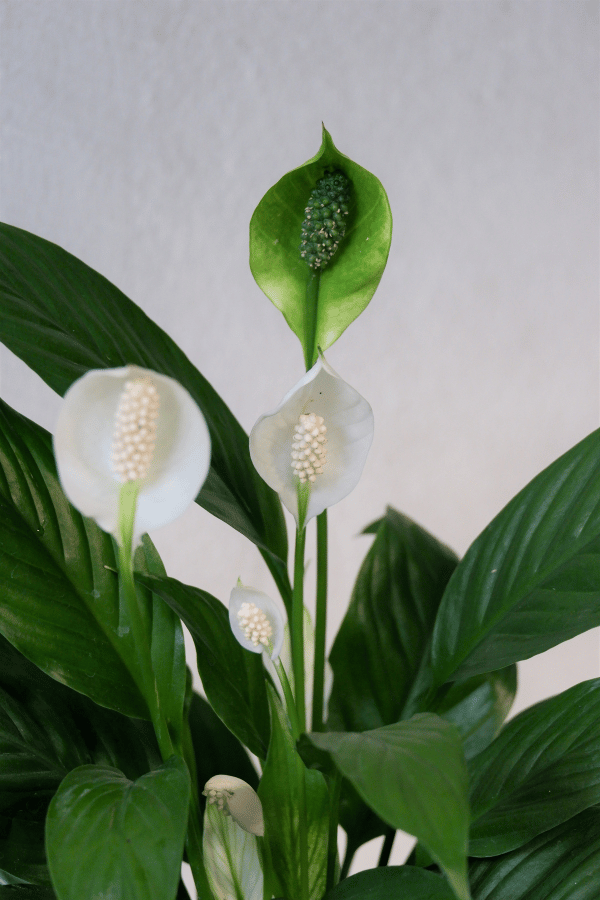
Peace Lily Toxicity
Toxicity to Humans
Peace Lilies are considered toxic to humans due to their calcium oxalate content. This plant should never be ingested.
Toxicity to Cats & Dogs
Unfortunately, Spathiphyllum is considered toxic to cats and dogs and should never be consumed. If you suspect your pet has ingested any part of this plant, contact your veterinarian or animal poison control immediately.
Peace Lily Problems
Peace Lily Leaves Turning Yellow
Peace Lilies may turn yellow due to age, too much water, poor water quality, low temperatures, transplant shock, nutrient deficiency, or improper lighting. Be sure to provide proper care as stated above to avoid yellow leaves.
Peace Lily Leaves Turning Brown
Foliage of your Peace Lily may turn brown due to improper lighting, poor water quality, incorrect temperature, lack of water, lack of humidity, and lack of nutrients.
Overwatering and underwatering your Peace Lily is a balancing act. Brown leaf tips can be a sign of overwatering, so watch this plant carefully as the foliage will tell you what is going wrong with the plant.
Peace Lily Diseases
Spathiphyllum is known to suffer from disease such as root rot and mosaic virus. Ensure that you are not overwatering your plant. Mosaic virus, while not as common as root rot, is untreatable. If you notice a mottling pattern on foliage of your Peace Lily, it is often best to destroy the plant before allowing the virus to spread to other plants.
Peace Lily Pests
Spathiphyllum can suffer from typical indoor houseplant pests such as aphids, mealybugs, scale, spider mites, thrips, fungus gnats, and more. Upon identifying an infestation, treat your plant with insecticidal soap.

